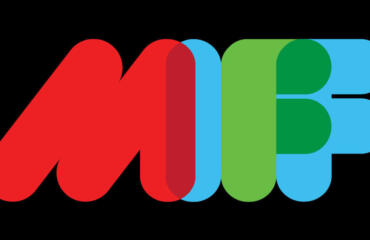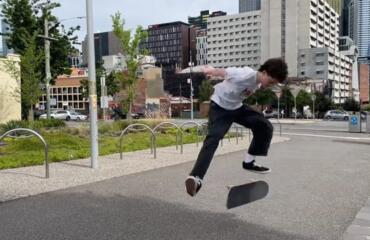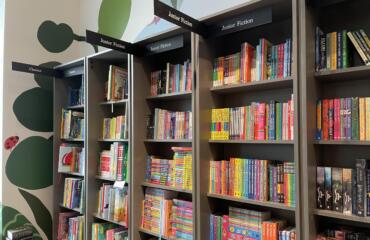Kent Morris’ father was separated from his family as a teenager. He grew up in extreme poverty, in a tin shack with a dirt floor, no electricity or running water.
“When I show people photos of where dad was born, they find it hard to believe that it’s so recent,” says Kent.
Kent was 32 when his father died of an alcohol-related illness. He grew up not knowing where he had come from or who his father’s family was. He says he felt disconnected and turned to art for solace, studying fine arts at both Monash University and then later at the Victorian College of the Arts.
When Kent was in his early 40s, an encounter with a Gurindji man changed the course of his life.
“He looked at me and said ‘where are you from brother and who’s your mob?’ I looked at him and I didn’t know how to answer those questions. I didn’t know why he would ask. It kind of crushed me.”
After some persuasion, Kent visited the Koori Heritage Trust to retrace his ancestry. “From that point, this kind of 10-year journey unfolded,” he says. He discovered that he was a Barkindji man and that he had 16 aunts and uncles from his father’s side. He met up with family members and revisited his ancestral country, learning the cultural traditions and art practices of his community along the way.
“All these pieces of my cultural identity came together.”
Years later, on a 42 degree day in Bourke, he came across an ad in the Koori Mail to build a prison program.
“I said ‘well I can’t do that, I’ve got no experience’.” But after encouragement from his partner and the Koorie Heritage Trust, he crafted a proposal for a program that used research and art lessons to enable prisoners to learn cultural art practices whilst tracing their heritage. In the first 18 months of operation, it reduced recidivism in the cohort it connects with by 53%.
“When I started talking to the men and the women in the prisons, we had so much in common. Just about this fragmentation and disconnection from family and culture and not understanding who we were, not feeling comfortable in the world.”
Seven years later, The Torch project is still running. It has now expanded to include additional post-release program staff who travel across Victoria to check in with ex-prisoners and provide ongoing support.
Each year, the artworks produced in prison are showcased and sold through an annual exhibition – Confined 9. The paintings tessellate, filling the walls from ground to ceiling. Bright colours are pinned by red sales stickers.
“The first year I did the exhibition there were 49 men and women engaged in the program and 60 artworks. This year’s (has) 173 men and women and well over 200 artworks, we couldn’t hang them all,” says Kent.
For the artists who have been released, they received 100% of the sales. Artists still in prison will also receive the total amount, but the larger part of the funds are held in trust until they are released from prison, with interest going to a victims of crime trust.
“You never know what these men and women might do, what potential might they have. I see this every day in the program,” says Kent.
One of the artists in this year’s show is an example of the potential Kent talks about. Robby Wirramanda, a Wergaia Wotjobaluk man, was released from maximum security Barwon Prison in 2015. He spent three and a half years behind bars for dealing a commercial quantity of the drug, speed. During the time in jail he discovered The Torch.
“Prison and The Torch helped me assess my life and all the mistakes that I made along the way. Gave me time to sit back and reflect on the things I’ve done,” he says.
Nowadays, he lives in Chinkapook – a north-western town of Victoria with a population size in the dozens. He is the first ex-prisoner to be employed by The Torch, travelling across the state to help Indigenous men and women transition back into the community. He is able to support his wife and three sons from the proceeds of his art using the techniques he learnt in Barwon. A common motif throughout his paintings is the dragonfly.
“That’s a story about rebirth, change and good times ahead, good seasons to fly.”
Today (March 15) is the last day of this year’s Confined 9 exhibition at St Kilda Town Hall Gallery, considered a success with more than 100 sales, some with price tags up to $2000. But unsold works can still be viewed and purchased at the Torch’s office gallery located at 46 St Kilda Road, St Kilda. You can find out more on the website here.




